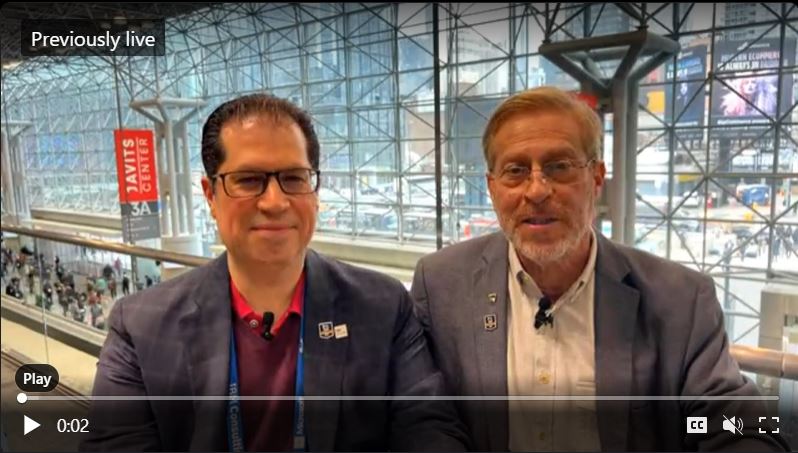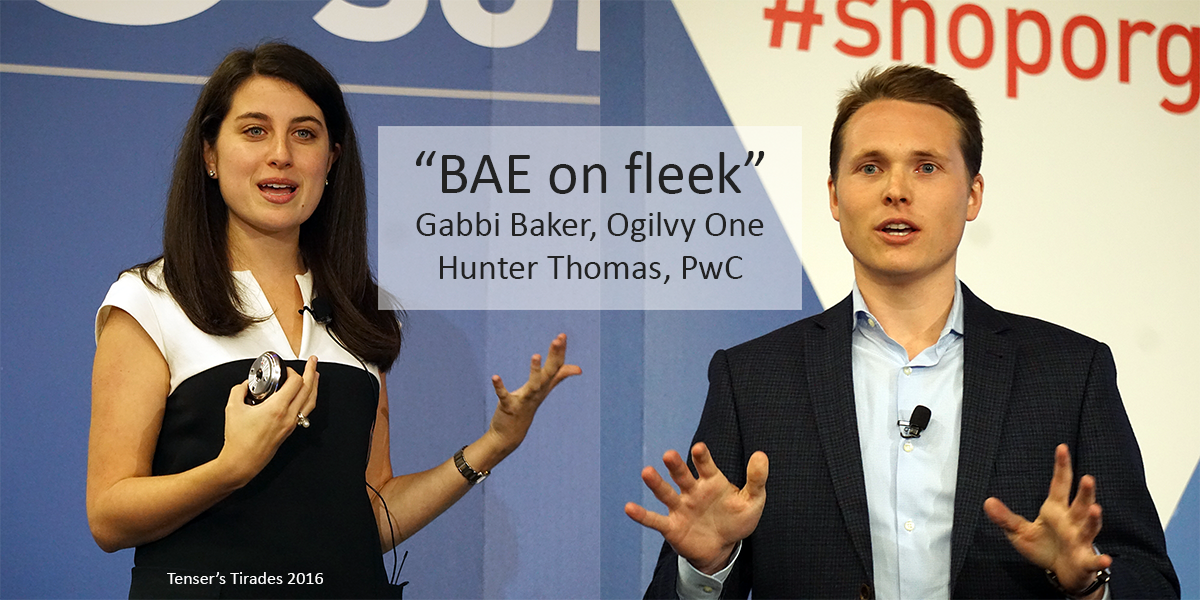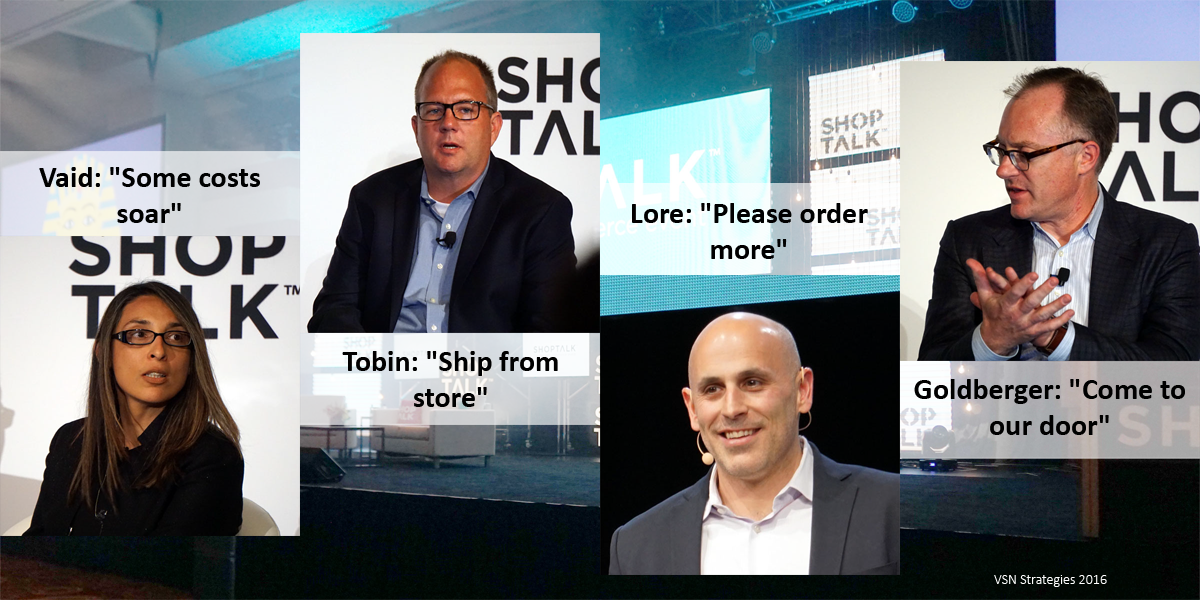This year’s NRF Big Show in New York was a huge event.
Once again, I joined my good friend Ricardo Belmar of Microsoft for a run-down on some of the show’s most important trends. Watch it all here: BrainTrust LIVE NRF 2023
Key NRF Insights
Along the way we tackle:
- The problem of retail overstocks
- The surge in Retail Media Networks
- In-store sensing and electronic shelf labels
- Omnichannel trends
- The ubiquity of AI claims at booths and in sessions
- The atmosphere and “tone” of the event
The NRF organizers said about 35,000 folks attended this year’s Big Show.
NRF Recap
You may find convenient access to the official NRF event recap here.
This was not my first rodeo. Ricardo and I have teamed up at a number of industry events to share our observations. Check out my on-the-floor solo webcast from 2019.





